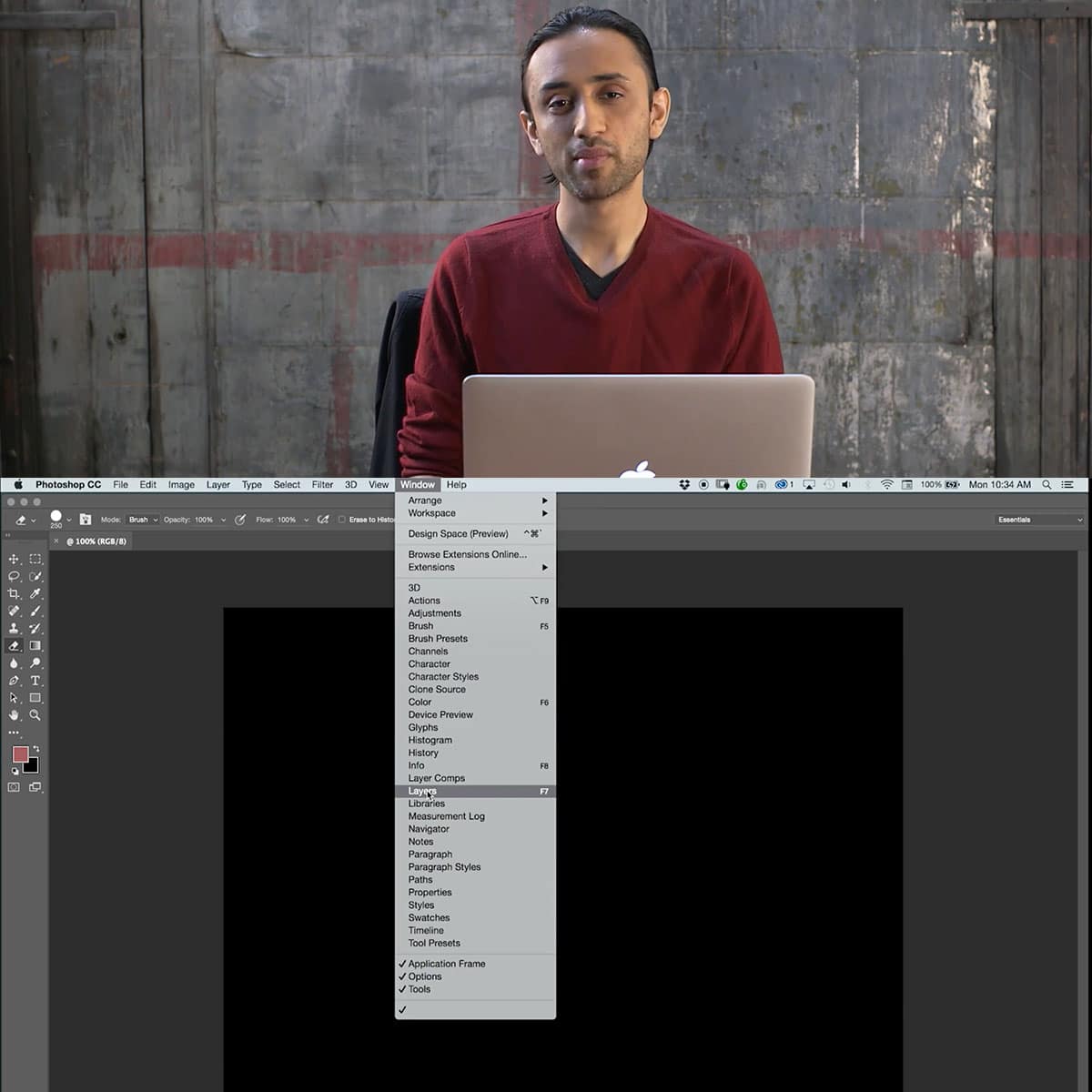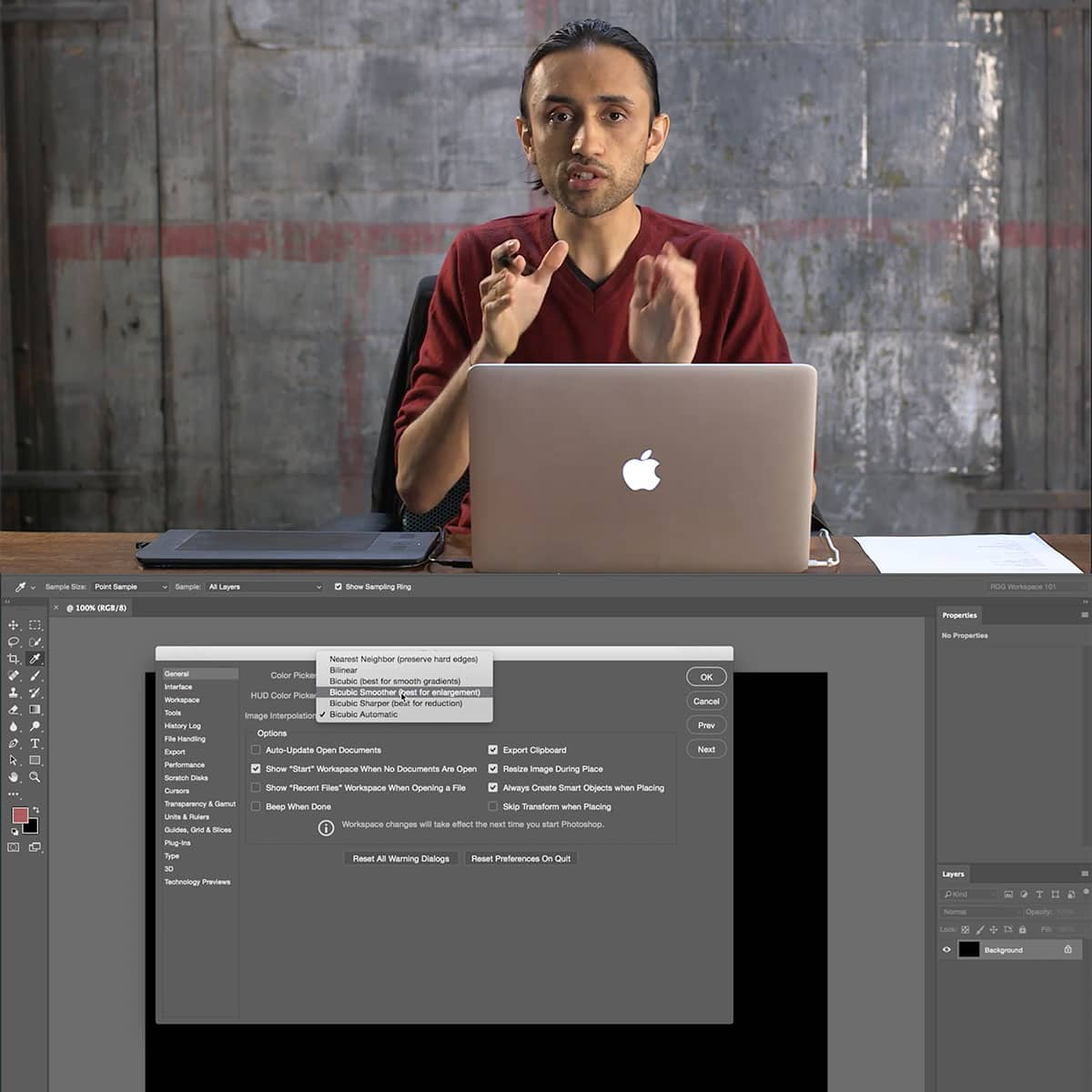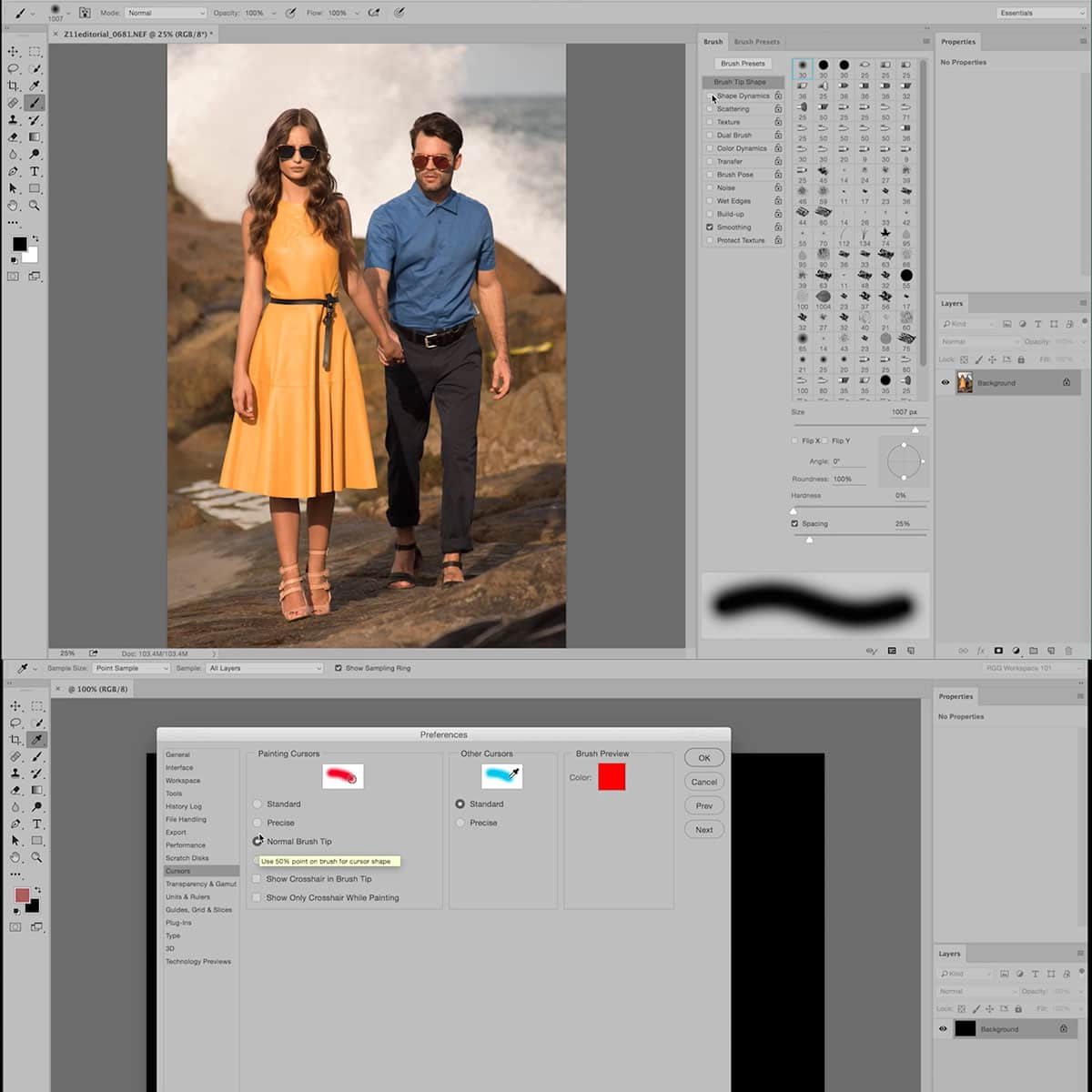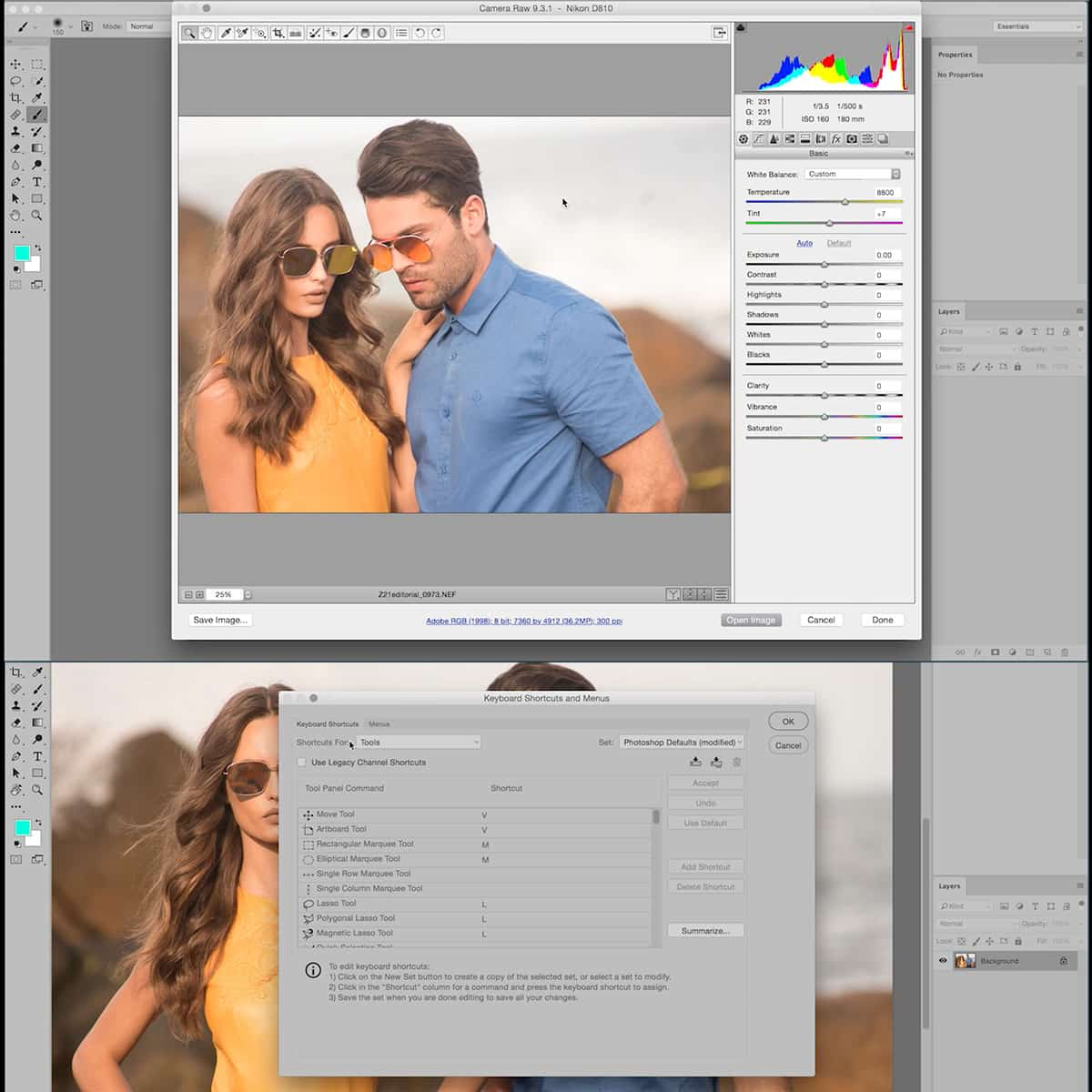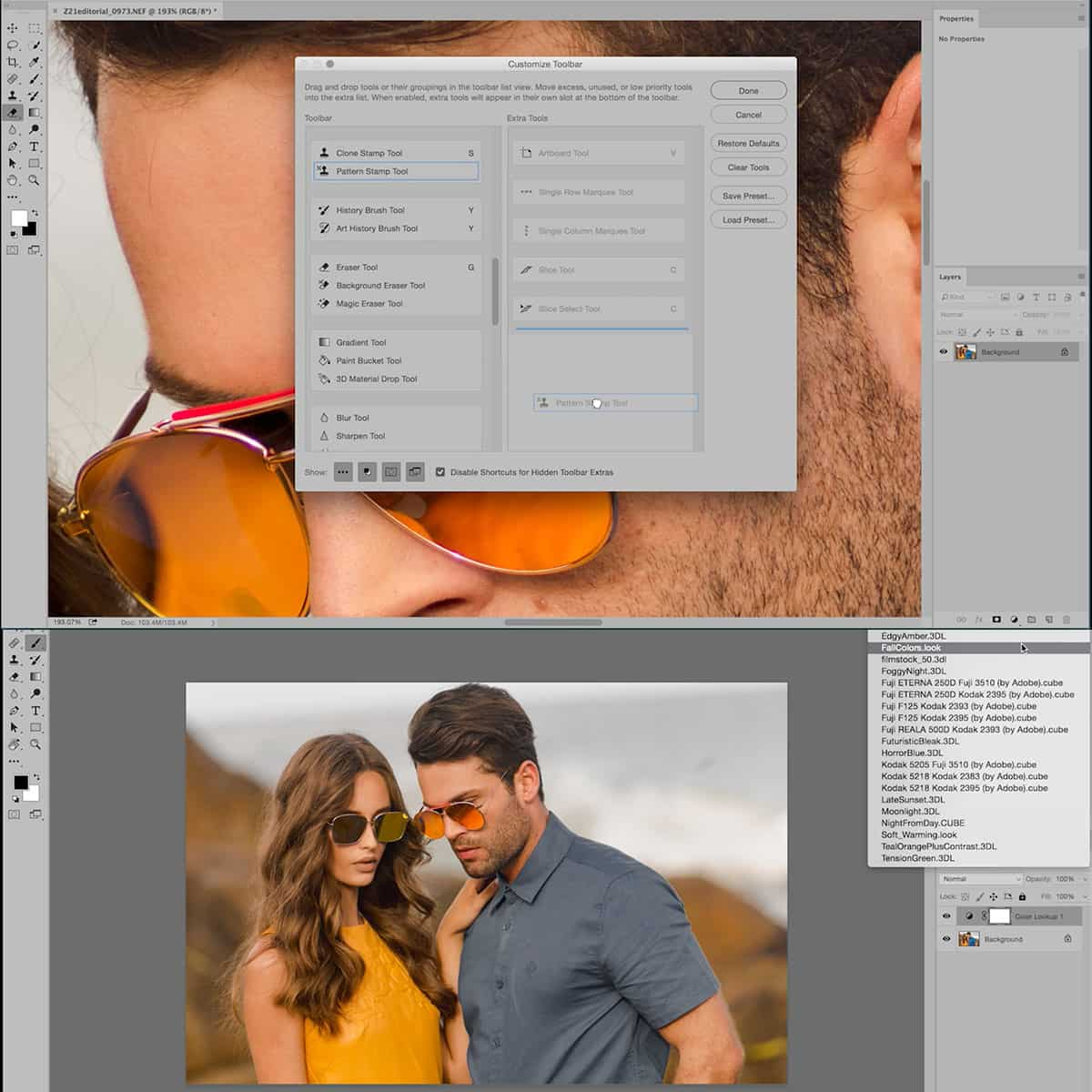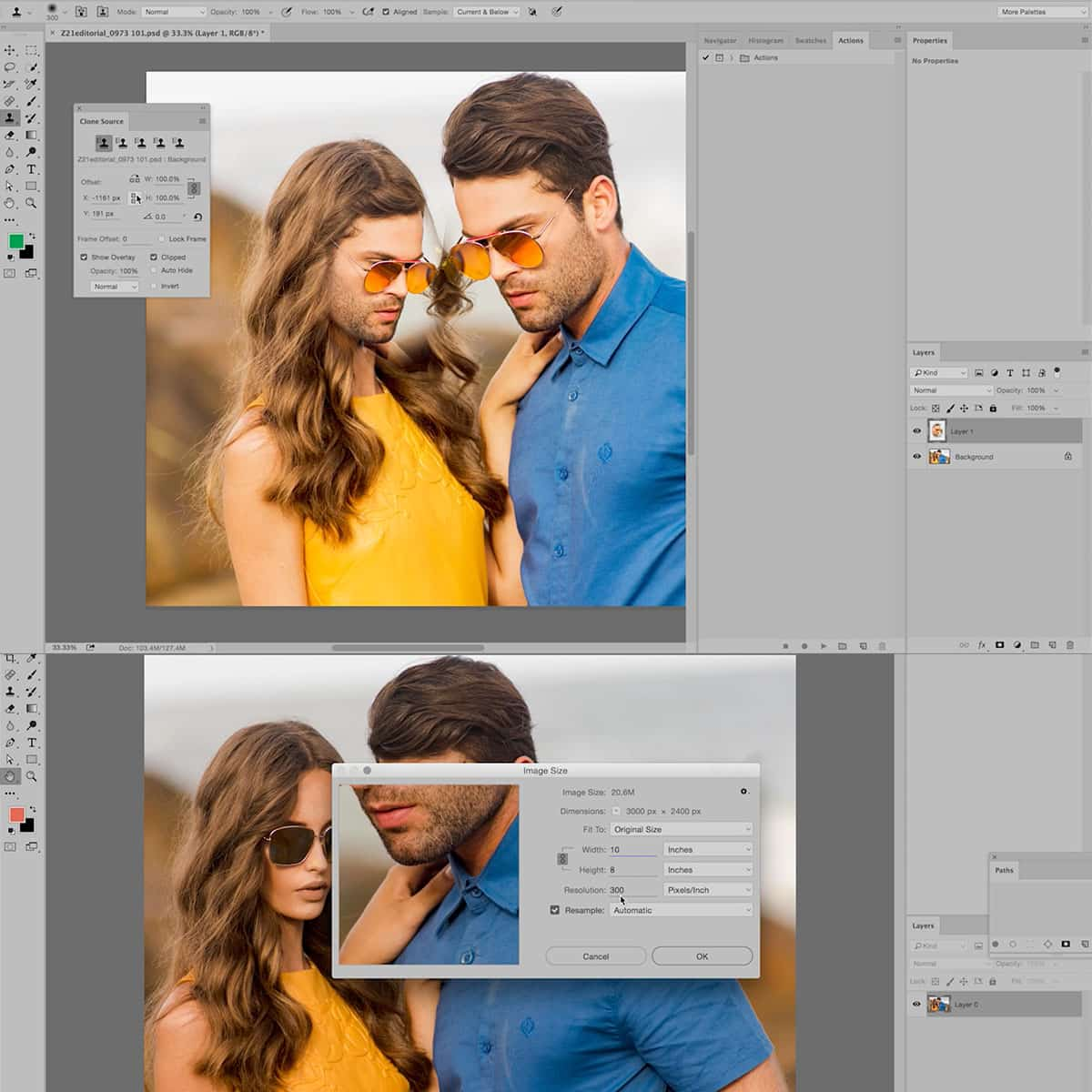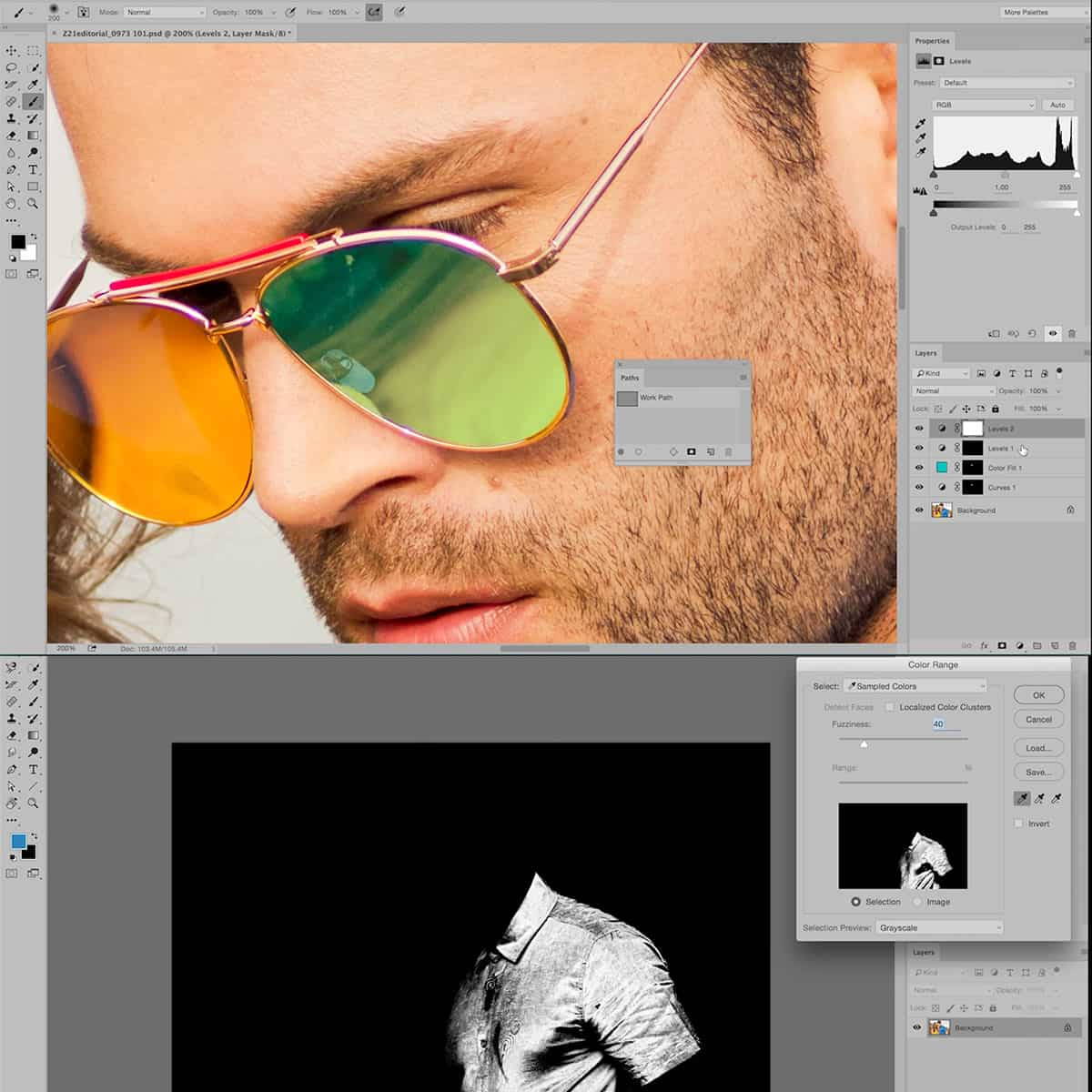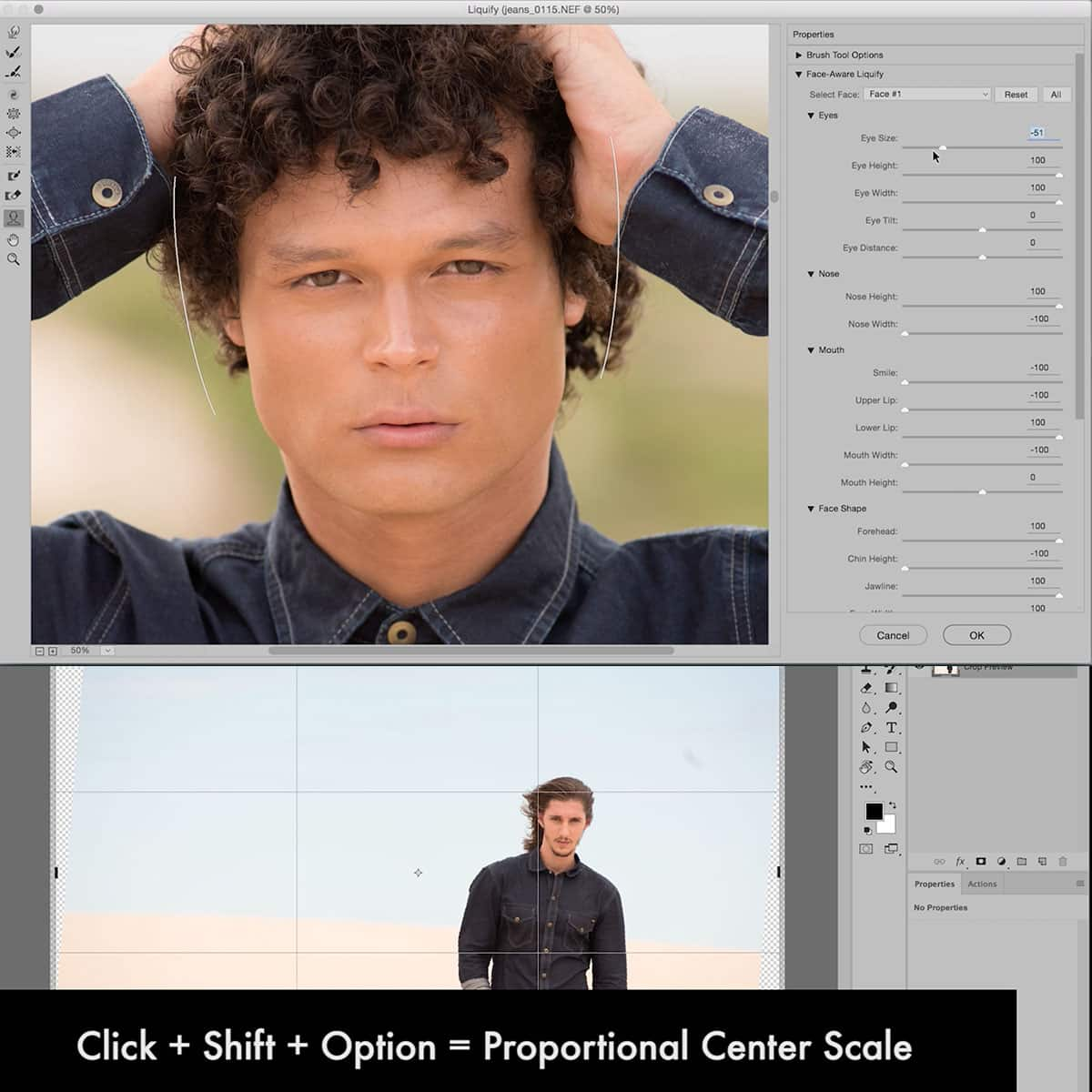Megapixels and Image Quality: Essential Guide for Photographers
Megapixels have long been a focal point for photographers when choosing a digital camera. It's commonly believed that higher megapixels directly correlate with superior image quality. However, it's crucial to understand that megapixels are only a part of the equation, and other factors such as sensor size and quality also play a crucial role in determining a camera's performance.
While having more megapixels can offer benefits in certain situations, like printing large-sized photos or cropping images, there is often a point of diminishing returns. An increase in megapixels may not always translate to a noticeable improvement in image quality, especially when viewing images on screens or sharing them online.
Key Takeaways
- Megapixels are an important factor, but not the only determinant of image quality in digital photography.
- More megapixels can be beneficial for large prints and cropping, but may have a limited impact on everyday photography.
- Considering other factors, such as sensor size and quality, is essential when selecting a camera to meet your needs.
Megapixels, Sensors and Image Quality
Understanding Sensor Size and Megapixels
When choosing a camera, one of the most important factors to consider is the sensor size, as it greatly affects image quality. Sensors capture light and convert it into an image, and larger sensors can gather more light, resulting in better photos, especially in low-light situations. Megapixels, on the other hand, refer to the pixel count captured by the camera sensor. For instance, a camera with 16 megapixels can produce images with a resolution of 4896x3264 pixels.
Typically, high-end cameras such as DSLRs and mirrorless cameras feature larger sensors, allowing them to capture more information and produce higher resolution images. However, it's essential to remember that more megapixels don't always equate to better image quality. In fact, cramming too many pixels into a small sensor can lead to noise and reduced image quality, especially in low light conditions.
Differences in Megapixels Across Cameras
There is significant variation in the megapixel count for various cameras on the market. Entry-level cameras may have a sensor resolution of 12 to 16 megapixels, while more advanced cameras can have resolutions of 20 megapixels or higher. Some specialty cameras even boast a resolution of up to 100 megapixels. Knowing your photography needs will help you determine which camera and megapixel count is most suitable for you.
Different types of cameras also require different resolutions. For example, a smartphone camera may perform quite well with a lower megapixel count due to its smaller sensor size, while a DSLR typically has a larger sensor and requires a higher pixel count. Additionally, mirrorless cameras have become increasingly popular, featuring larger sensors while being more compact than their DSLR counterparts.
Correlation Between Megapixels and Image Quality
While it's easy to assume that a higher megapixel count directly relates to better image quality, this isn't always the case. As mentioned earlier, a larger sensor can capture more light and has a more significant impact on image quality than the pixel count alone. A high megapixel count on a small sensor can result in noisy images. Other factors such as lens quality and camera firmware also play a role in image quality.
In summary, megapixels are just one element to consider when evaluating image quality. Photographers should also take into account factors such as sensor size, camera build, and their specific photography needs.
The Relation Between Megapixels and Printing
Effect of High Megapixels on Print Quality
When capturing images, the resolution plays a crucial role in determining the quality of the final print. A high megapixel count allows for more detailed images, but it's important to note that this doesn't always guarantee a better print quality. Megapixels matter when considering the maximum size of your digital images, which is essential for printing photos. However, a higher resolution doesn't necessarily mean better quality; rather, factors like sensor size and pixel size have a more significant impact on the quality of the final print1.
Determining The Optimum Megapixels for Various Print Sizes
There's a direct relationship between the number of megapixels in an image and the print size it can produce at a specific resolution. The usual standard for high-quality prints is 300 pixels per inch (ppi)2. Below is a table that demonstrates the minimum required megapixels for different print sizes at 300 ppi:
| Print Size (in inches) | Megapixels (minimum) |
|---|---|
| 5x7 | 3 MP |
| 8x10 | 7 MP |
| 11x14 | 13 MP |
| 16x20 | 28 MP |
| 24x36 | 16 MP |
In conclusion, to achieve the desired print quality, you should consider the relationship between megapixels, print size, and resolution (ppi). Balancing these factors will help you produce stunning prints that maintain detail and avoid loss of image quality when enlarged.
Implications of High Megapixels Count on Photography
Megapixels and File Size
Higher megapixels in a camera result in larger file sizes. This is because a higher megapixel count means capturing more details within an image. As a result, the images produced by cameras with high megapixels count tend to offer better quality and resolution. We must, however, keep in mind that along with the increase in image clarity, the file size also increases.
Megapixels and Storage Space
Larger file sizes can affect storage space on both the camera and your computer or other storage devices. As a result, a camera with a high megapixel count will require more storage space to accommodate the larger files it produces. It is crucial to plan for additional storage solutions, such as external hard drives or cloud storage, to manage the increased storage space demands.
Megapixels and Processing Power
With an increase in file size comes an increased demand for processing power. Editing high-resolution images can become more time-consuming and require a more powerful computer to process the images efficiently. This is especially important for professional photographers who may need to process large batches of high-resolution images from their high-megapixel cameras. To ensure efficient processing and editing, having a computer with sufficient processing power to handle these large files is essential.
Selecting the Right Megapixel Count for Your Needs
Megapixels and Professional Photography
As professional photographers, we understand that image quality is crucial to producing stunning and visually appealing work. When shooting with high-end DSLR or mirrorless cameras, the number of megapixels (MP) and sensor size become important factors. Generally, higher megapixel counts are beneficial for large prints or heavy post-production cropping, as more data will provide better detail and clarity in the final image source.
Here's a quick reference table for printing common sizes:
| Print Size (inches) | Minimum MP needed at 300 dpi (dots per inch) |
|---|---|
| 4x6 | 2 MP |
| 5x7 | 3 MP |
| 8x10 | 8 MP |
| 11x14 | 13 MP |
| 16x20 | 28 MP |
It's important to consider the limitations of having too many megapixels in professional photography. The increase in file sizes can affect storage capacity and slow down editing or processing timesource.
Megapixels for Everyday Photography
For everyday photography, camera phones or entry-level DSLRs and mirrorless cameras often provide enough megapixels for most casual users. Modern smartphones, for example, usually feature cameras with 12-48 MP, which is more than adequate for online sharing, social media, and small-to-medium-sized prints source.
When selecting a camera for daily use, it's important to consider factors like sensor size and pixel size, which can impact overall image quality more than megapixels alonesource. Additionally, features like autofocus, image stabilization, and low-light performance should be taken into account when making a decision.
In summary, the right megapixel count for your needs depends on your intended use and desired output quality. Professional photographers may require higher megapixel counts, while casual users can achieve satisfactory results with lower megapixels and a focus on other camera features.
Frequently Asked Questions
How important are megapixels in determining image quality?
Megapixels are a unit used to describe the resolution of an image, which indicates its level of detail. While they play a role in image quality, other factors such as sensor size, lens quality, and image processing also contribute significantly. Therefore, megapixels are important, but not the only determinant of image quality.
Do more megapixels result in better photo quality?
More megapixels can capture higher levels of detail, but it does not always mean better photo quality. As mentioned earlier, other factors like the sensor size, lens quality, and image processing also influence the quality of your photos. A camera with a better sensor and lens may produce better quality images with fewer megapixels than a camera with more megapixels but inferior components.
What is the relationship between megapixels and resolution?
Megapixels are a measure of the resolution of an image. Simply put, each megapixel represents one million pixels in the image. The more megapixels an image has, the more detail it can capture. However, it's important to understand that increasing the megapixel count can also result in larger file sizes and storage requirements.
How many megapixels do professional photographers typically use?
The number of megapixels used by professional photographers varies depending on their specific needs and the type of photography they specialize in. For general photography, such as weddings, portraits, and events, many professionals use cameras with a range of 20 to 30 megapixels. However, photographers specializing in landscapes or fine art may prefer cameras with higher megapixel counts for more detail and larger print sizes.
What resolution should professional photographers aim for?
The ideal resolution for professional photographers depends on their specific requirements and output formats. For example, if they intend to print large, high-quality images, a higher resolution camera with more megapixels is beneficial. However, for web use and smaller prints, a lower resolution camera with fewer megapixels may suffice. It's essential to balance the resolution with factors like sensor performance, storage, and processing requirements.
How does a higher megapixel count affect image storage and processing?
Higher megapixel counts result in larger file sizes, which can affect both storage and processing. As the number of megapixels increases, so does the amount of data captured in each image. Consequently, larger image files require more storage space and have longer processing times. Additionally, editing software may require more powerful hardware to handle the increased demands of working with high-resolution files.




